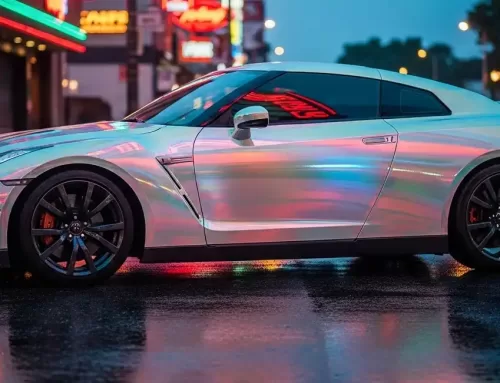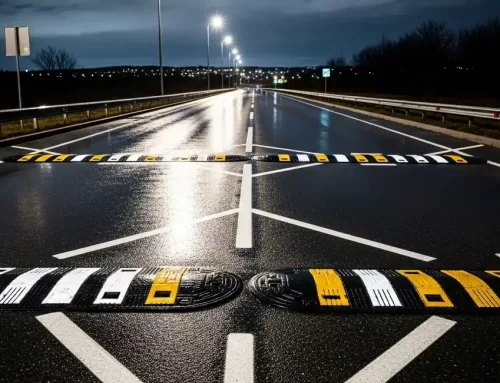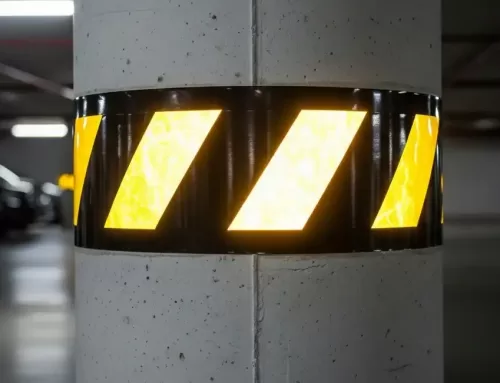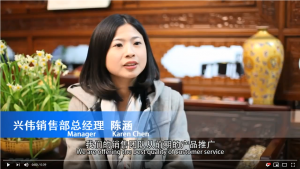What is full prismatic reflective sheeting?
The full prismatic reflective sheeting can be utilized in all grades of roads and city roads’ traffic material.
In Western countries, it starts to replace the investment and consumption of sign lighting.
When making road signs, considering the long-term investment benefits and safety benefits, full prismatic reflective film can replace any grade of reflective film.
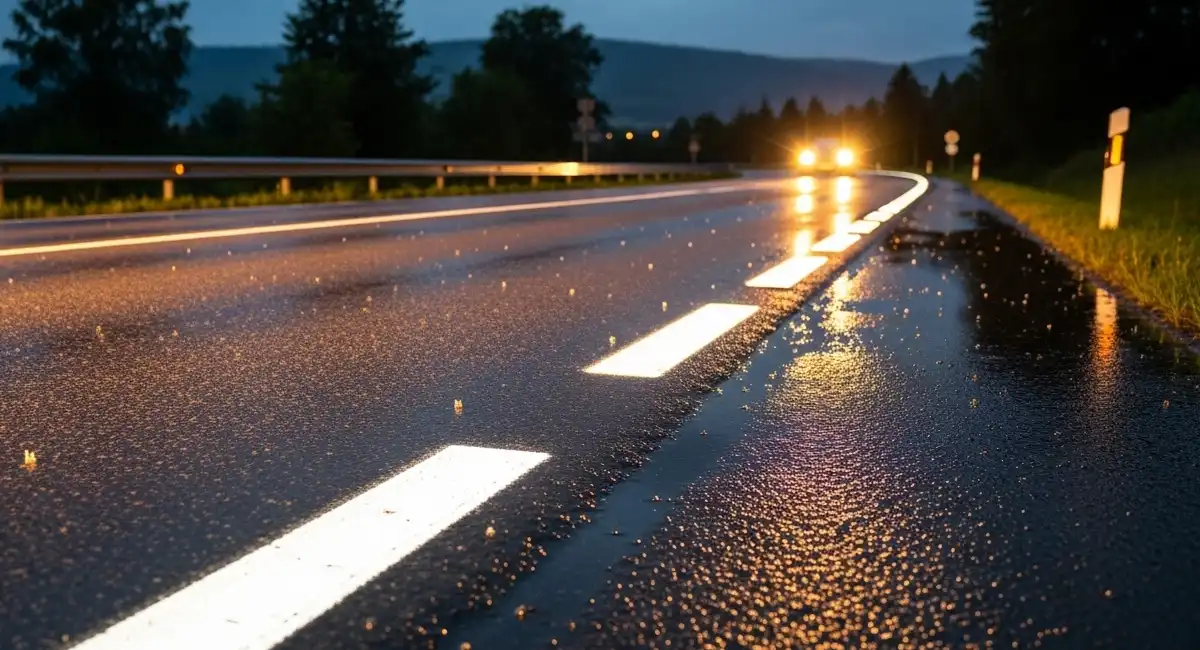
The main applications of full prismatic reflective sheeting:
Full prismatic reflective film is mainly used in road signs, prohibition signs, warning signs, and instruction signs.
In particular, it serves signs that require a long time to read or are in complex visual environments, and wide roads or high-grade highways, where its performance is particularly outstanding.
The base plate for diamond-grade reflective film is an aluminum plate, and the processing temperature is generally required to be above 18 degrees Celsius.
Comparison of retroreflective brightness valuesof engineering-grade reflective film, high-intensity grade, truncated prism, and full prism at various angles:
With the advancement of technologies, various angles of the full prismatic reflective film’s photometric performance have obviously improved.
In recent years, prismatic reflective film without major changes in structure has shifted the focus of innovation to achieving richer light control effects and richer material properties through different material processing technologies in order to attain different retroreflective capabilities and different flexibility to meet the demands of different levels.
On top of that, the reflective sheeting known as “super strong grade”, “extra strong grade”, and prismatic engineering grade (new super engineering grade) in the market are all new forms of prismatic reflective films.
The truncated prism structure of these reflective films is basically the same, but the material processing technology is different, resulting in different reflective effects, superior weather resistance, and processing adaptability in order to meet different application requirements.
Among these, super reflective sheeting that complies with the market demand has quickly become popular after it came out in the early 21st century.
The original design theory is to take advantage of its structure. That is,making it have great reflection effects with different angles when we ensure all the basic functions of it.
So, it will be cheaper and practical.
These new prismatic reflective films have high intensity and thickness, which also erase the demerits, like tearing, wrinkling, bubbles, as well as surface honeycomb protrusions when produced.
So that we can improve the manufacturing speed, and it will be easier to produce.
That means we can control the production process more simply.
At the same time,because of the large surface brightness factor of the reflective film, the retroreflective performance is greatly improved.
It not only has a superior retroreflective coefficient at a long distance, but also can keep the sign at a good brightness at a large observation angle at a close distance under general visual recognition requirements, so that the drivers can find the sign earlier and read the content of the sign more clearly at a close distance.
Different retroreflective effects can be formed through the differences in the material processing of the resin layer and the cubic crystal surface.
These reflective films mainly apply polycarbonate material, which has durability, and it can match the silk screen ink and thermal transfer printing for producing colorful traffic signs.
At the same time, because of the increase in the surface brightness factor, the signboard is more eye-catching and brighter during the day and has better weather resistance.
What is noteworthy is that at the 2008 Beijing Olympics, which had strict requirements on traffic signs in all aspects, the governments used this type of reflective film to design the cars.
It can reflect that Chinese technologies can catch up with international levels.
